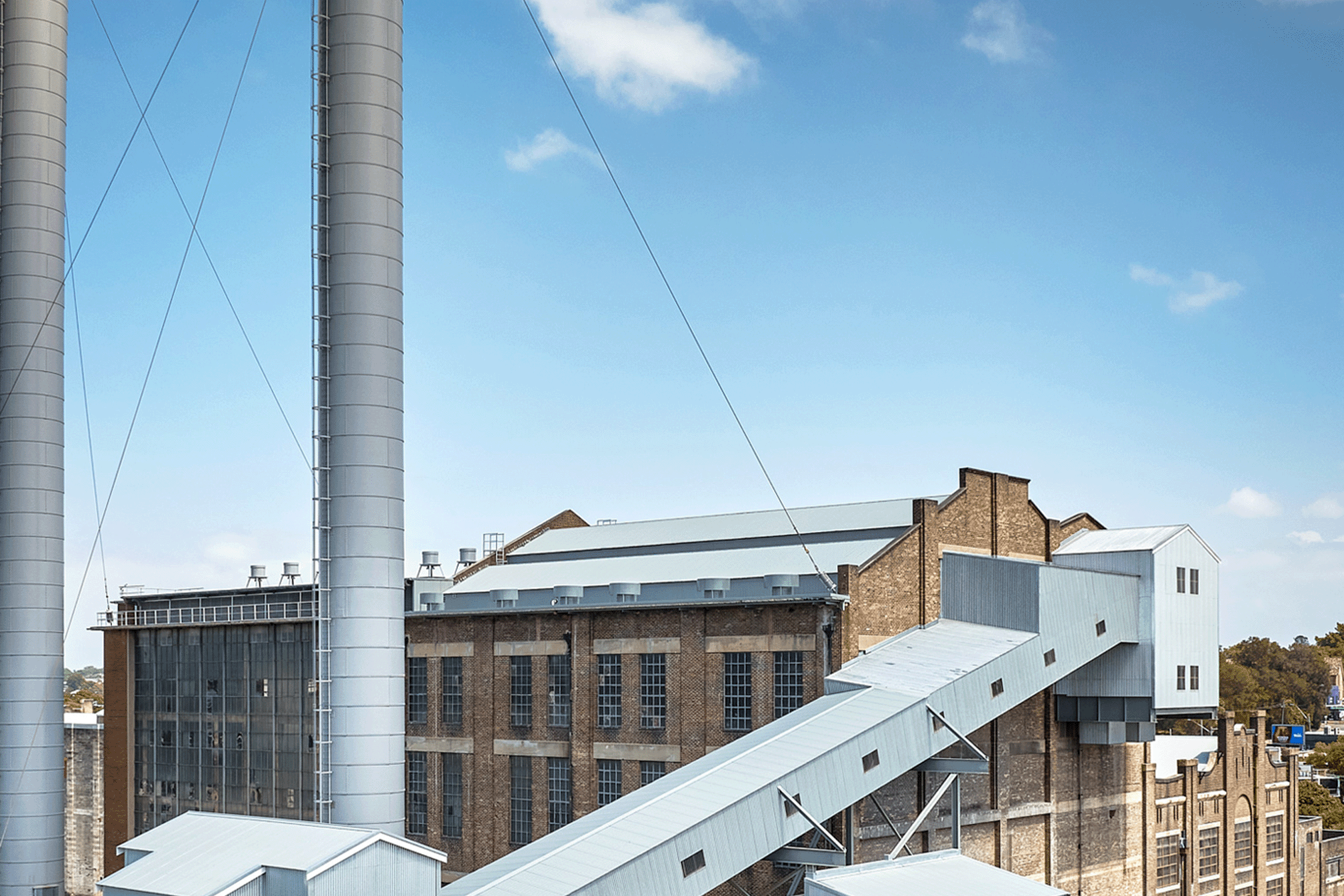 CULTURE
CULTURE
Venue Spotlight: White Bay Power Station
One of Gadigal Land/Sydney's biggest questions finally finds its answer, and a new cultural hub opens in a city more desperate for it than ever before.
In a country where local, state, and federal governments regularly appear to be comfortably obsessed with progress, redevelopment, and renewal of spaces, it can be tough for the arts, music, and culture to secure wins.
Whether it is the long-standing freeze on licenses in Naarm’s CBD, the struggle of Meanjin venues in the face of development, or the regular conversion of Gadigal Land into high-density luxury housing, the life cycle of a venue can be short and tragic.
It’s rare for a space to come along and significantly change that perception.
That is, however, unless you’re not familiar with White Bay Power Station.
White Bay Power Station has, to those who have lived or grown up on Gadigal Land, remained a huge question mark sitting over their city’s harbour. The space officially closed its doors on Christmas Day, 1983, and was later sold for repurposing in 2000. From there, talks arose about it becoming Google’s headquarters, and unsurprisingly, luxury apartments. In 2022, however, much to the relief of many, it began its transformation into an arts and culture centre, with the Biennale of Sydney scheduled to take place in 2024.
Recently, White Bay Power Station played host to none other than Soft Centre, one of its city’s most proudly turbo, experimental, and forward-thinking events, encompassing sound, music, art, and performance.
With government assistance, Soft Centre’s 8th year in operation saw them activating not only White Bay Power Station, but a variety of venues around the city. Held initially at a Power Station, the return to such a location was more than just a coincidence. White Bay Power Station’s Manager for Arts, Culture and Creative Industries, Craig Donarski, was the ‘in’ for Soft Centre at Casula all those years ago.
The festival felt like a proper use of everything that White Bay Power Station had to offer, with five stages across its main event on Saturday, and a Closing Concert in its main hall on Sunday. Production shone a light into all the spaces that weren’t immediately visible during the day and night, giving hope to fans of musical and arts spaces that are not traditionally supported by local governments or heritage-listed buildings.
Read: Trust transformed, the cultural reckoning of Soft Centre
It’s with that feeling of excitement that we were so happy to secure a moment of White Bay’s Manager for Arts, Culture and Creative Industries, Craig Donarski’s time. In a moment so crucial to Sydney’s creative spaces, White Bay Power Station stands as a confident and proud home to everything one might imagine, and a force for bringing that much-needed open-mindedness to the general public.
-
This interview was conducted before this year's Soft Centre.
-
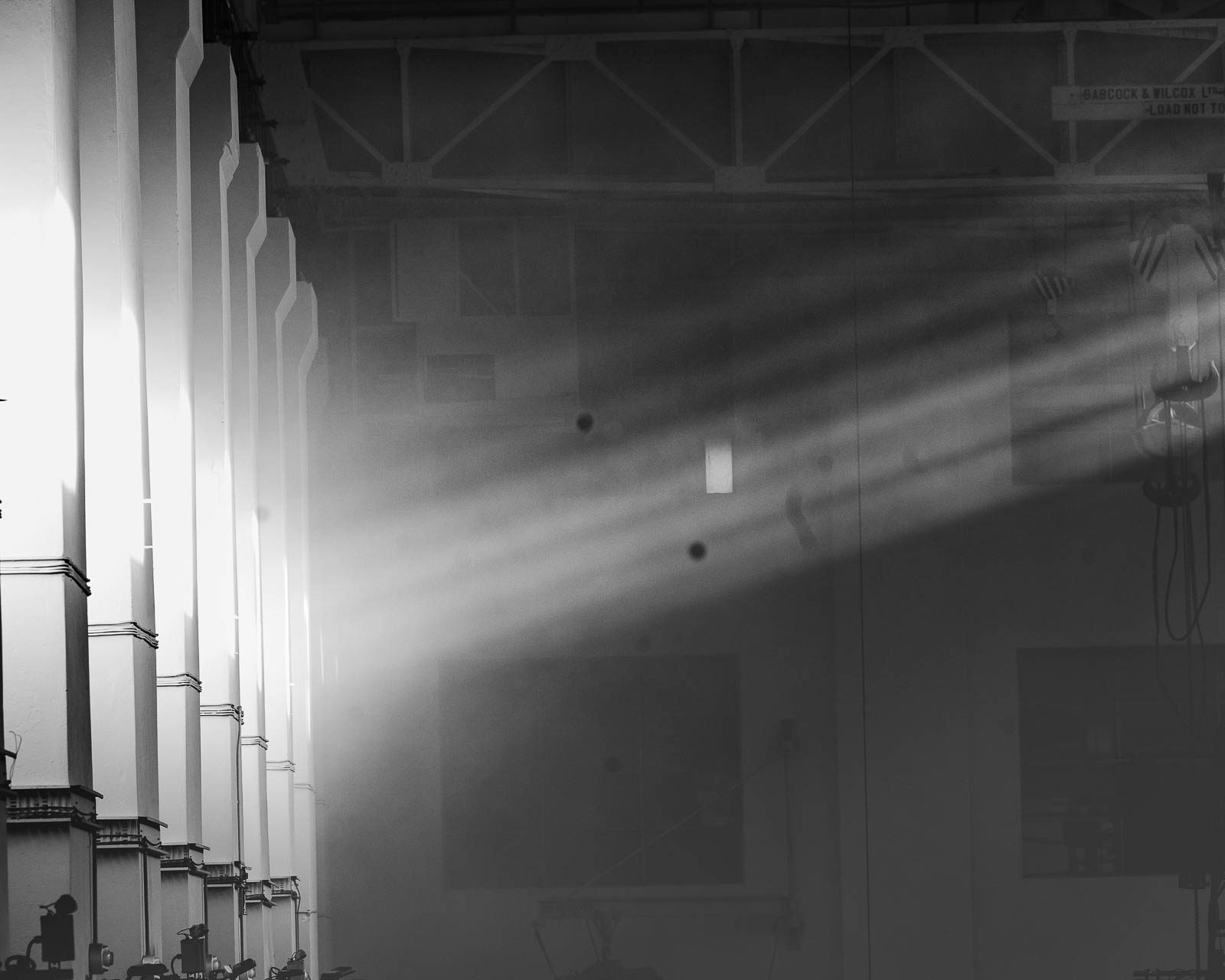
PHOTO: SOFT CENTRE 2025, SARAH A FINDLAY
-
Q: Craig, thanks so much for making the time to chat with us. What excites you most about Soft Centre coming to White Bay Power Station?
CD: Seeing Soft Centre expand into their biggest and most ambitious event ever, in this extraordinary venue, is the drawcard for me. This is another great example of why the remediation of the Power Station was so important. It provides a platform for creatives to spread their wings and fly in ways that they haven’t before or perhaps never even thought possible.
Q: Can you give us a bit of background on how you came to be involved with the space?
CD: I’d come here around ten years ago for a big party in the Boiler House and was blown away by how massively beautiful and beautifully massive it was. It was impossible not to imagine the potential for large-scale events and fantasise about what you could do here, given the chance. Little did I know that a decade later, that would actually become a thing!
Q: & what is, in your view, the most important abridged history for punters to remember about this space?
CD: This site was a tidal mud flat and a source of food for First Nations people for countless generations until colonial times changed all that. Construction on White Bay Power Station began in 1912 by “reclaiming” the site from the tides, by driving thousands of poles deep into the shore to build it on, like the way Venice is constructed. It started producing power in 1917 to run Sydney’s tram system, and its coal-fired, steam-driven turbines kept chugging away for various power purposes until Christmas Day 1983.
Decades of abandonment and decay followed until a few years back, when the NSW Government began a heritage restoration project to preserve the site. Partway through that process, the Cutaway at Barangaroo was earmarked to close for major capital works. That was going to displace some large-scale events, including the Biennale of Sydney. So it was decided to shift gears on the White Bay Power Station project, so that it could provide a venue for the Biennale of Sydney and other large-scale arts, culture, creative industries and community events.
The Biennale of Sydney opened the venue on March 8 last year, followed by a huge range of events and activities since then, from dance parties to orchestral concerts to multi-arts experiences like Power Up and Soft Centre.
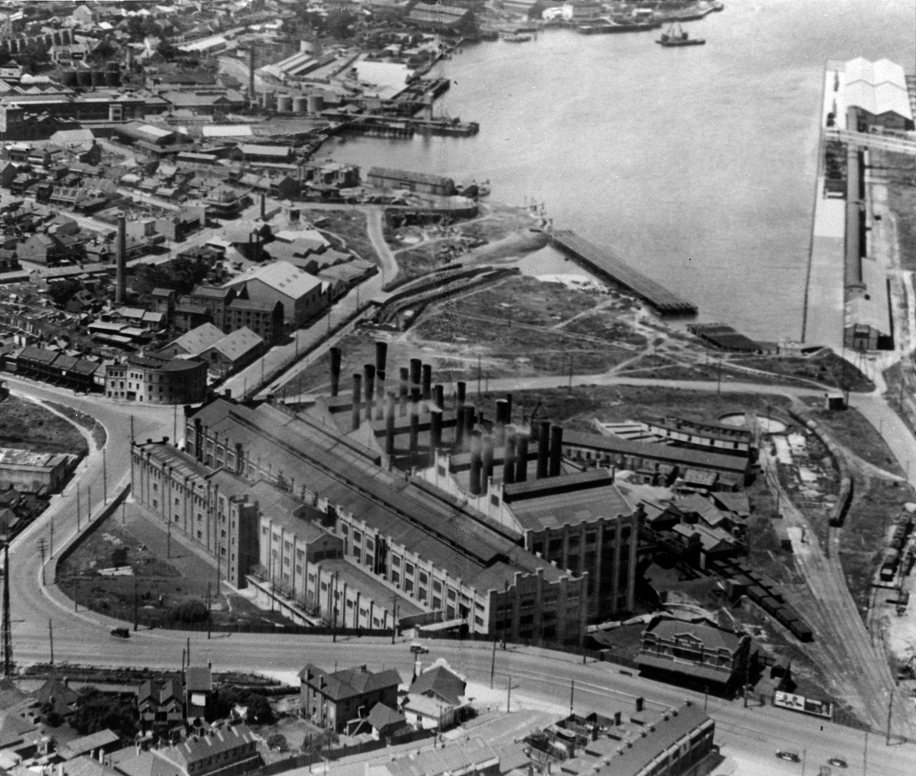
Q: The power station has, to locals, long stood as a big question mark sitting on the edge of the city. For forty years, it sat dormant, with potential plans to become apartments, and even at one stage, it looked like it could be a Google HQ. Why do you think it was so vital that it turn into a cultural precinct instead?
CD: Sydney needed more spaces that could host creativity in all its forms, and White Bay Power Station offers a uniquely beautiful, heritage-rich setting that can make events even more exciting by providing such a stunning setting. This will also become the cultural heart of the wider Bays West Precinct redevelopment, especially once the new Metro station opens right next door!
Q: What do you think that says about the future of our city & its spaces?
CD: It’s a pretty good sign that public spaces, cultural spaces, and heritage spaces are seen as essential to the quality of life for Sydneysiders and visitors alike. They’re the heart of the city, where people come together for connection to each other and to the things that make life worth living.
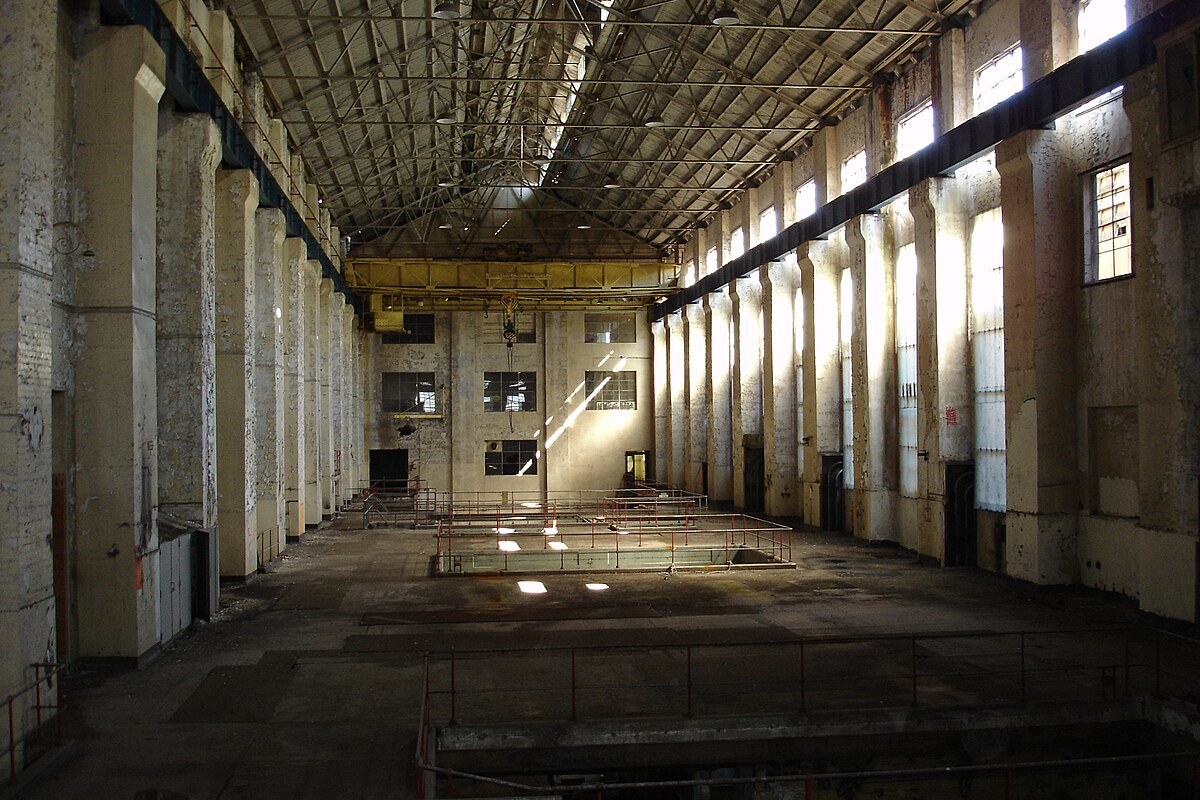
Q: I understand that you started in the media before becoming more involved in arts programs. What does your history in media tell you about the importance of putting events like Soft Centre on public display across the city?
CD: I was lucky enough to begin my professional creative career in earnest at JJJ/Triple J for over 12 years in the 80s and 90s. During that time, I was also lucky enough to meet, interview, support and platform a wild diversity of artmakers from across all the creative industries. Creatives need audiences. It’s a symbiotic relationship, where the feedback loop from artist/performer to audience and back again creates a positive spiral of growth and development for both. Making stuff for yourself, in your bedroom, is cool… but reaching and connecting with actual audiences is even cooler.
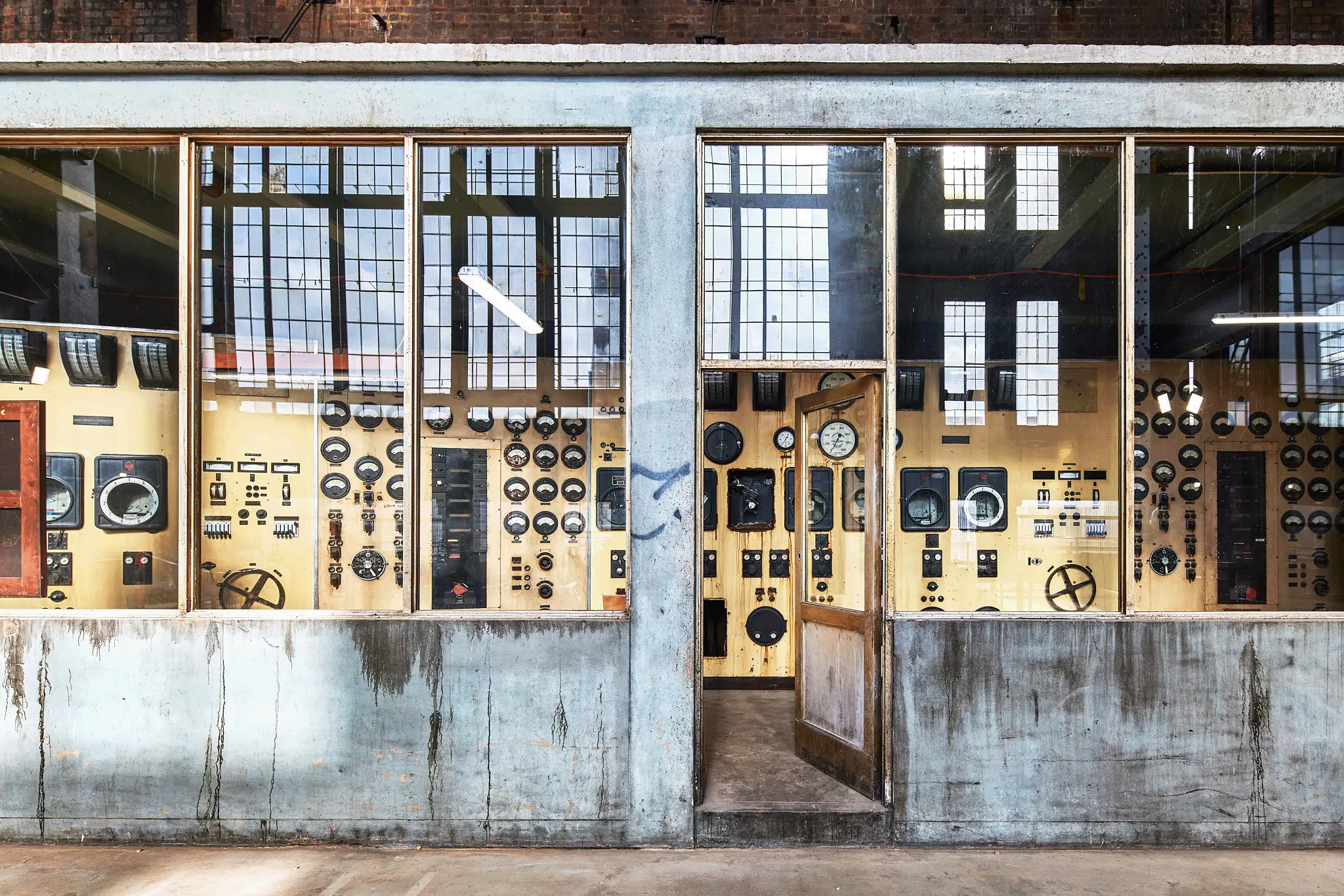
Q: Your previous role was as Director of the Casula Powerhouse Arts Centre, where Soft Centre actually held its first events. What do you make of the growth that Soft Centre has enjoyed not only at home since then, but overseas too?
CD: I’m wrapped to have been part of the birth and development of Soft Centre from its very beginning in 2017. It occupies such a unique space in Australia’s cultural landscape that I always had confidence it would, er, live long and prosper. I was even happy that it outgrew us at Casula Powerhouse and had to move to larger spaces to continue to flourish. So I wasn’t at all surprised that it would get noticed both interstate and internationally.
Imagine my delight when, many years later, I find myself here at the truly massive White Bay Power Station, where I can host them yet again to kickstart the next phase of their growth and development. It felt like the Softies “coming home”.
Q: What are some of the ways in which the SC team have used the White Bay Power Station space that excite you most?
CD: Where to start? From Stelarc to Ryoji Ikeda, the lineup is incredible. Seeing them take full artistic advantage of the many places-within-spaces here is the biggest treat. This manifestation of Soft Centre has been a long time in gestation, so they’ve really had the chance to think deeply about the relationship between performances, installations and the unique architecture of this place. It’s a truly bespoke festival experience that’s been planned from the ground up, that couldn’t occur in this form anywhere else. So for me, it’s the totality, the way up to six different things can be happening at once in various parts of the site. There’s nothing else like it.
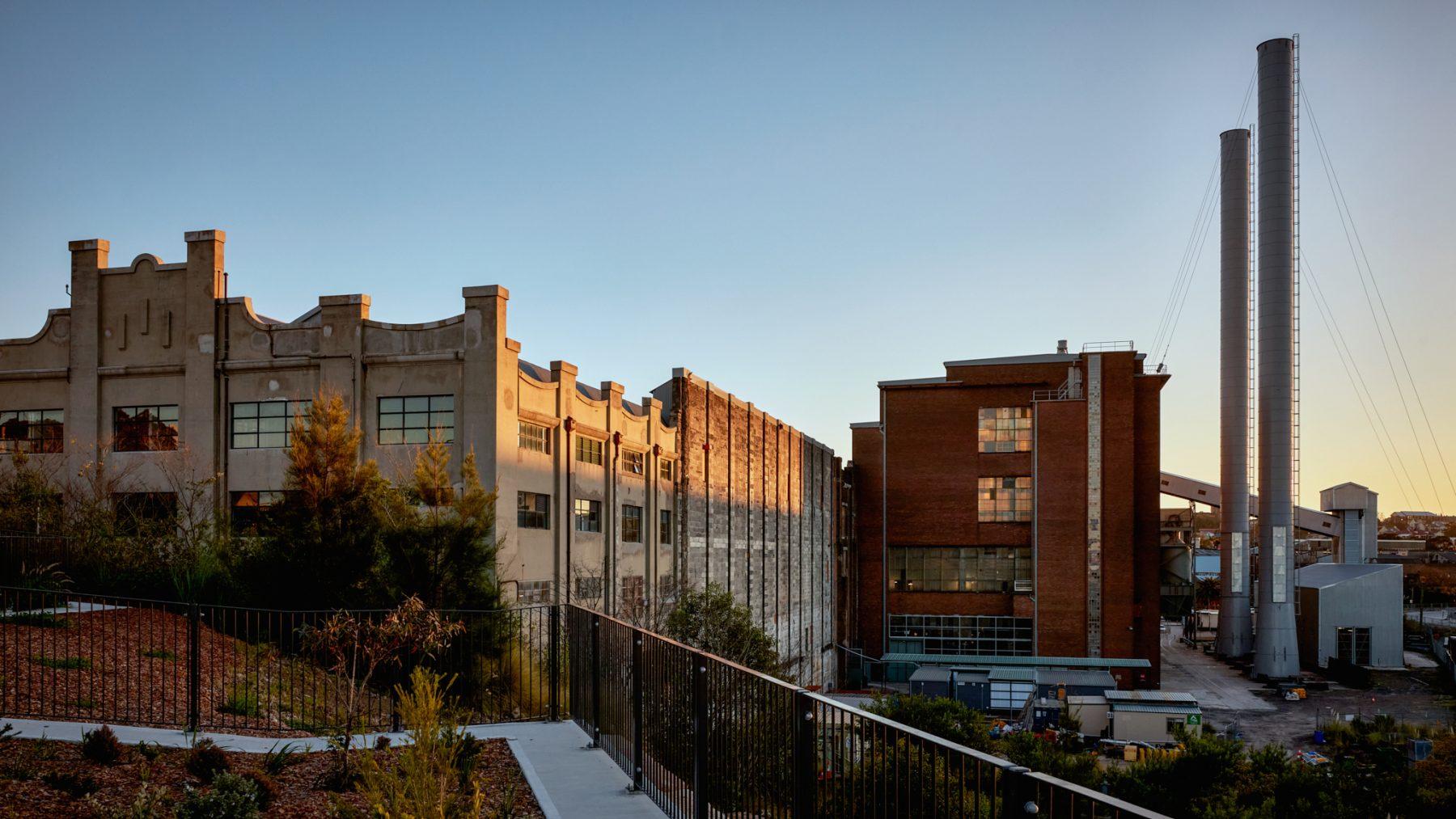
Q: There have been other events at White Bay Power Station in a more ‘electronic’ space, including Ministry of Sound, Heaps Gay, and a sadly cancelled event by House of Mince. What are the hurdles of working with a space like this for promoters?
CD: Despite being over a hundred years old, it’s a brand-new site that demands a lot of thought and a long planning runway to get the most out of it. It’s not “plug and play” yet, so it doesn’t work for “plonk” art or events. There are plenty of less interesting spaces around for those.
But for those who are willing to take on the challenge, the rewards are immense, with the prize being unforgettable experiences that couldn’t have happened anywhere else. People like Ministry of Sound and Heaps Gay have proven that already, and both want to return next year, and I’m confident that Soft Centre will join that list after this weekend.
Q: What are your hopes for the space in the future?
CD: More, more, more, of everything! This period between the end of the 2024 Biennale and its return next year has been a period of testing and trialling, to see what it could do well. We’ve been surprised and excited to discover how truly versatile it is. We had the Sydney Philharmonia Choirs perform here two weeks ago, completely acoustically, and it was magical! We’ve had an 80-piece orchestra perform Messiaen’s “Turangalîla-Symphonie” and it was epic. The five Ministry of Sound parties we’ve hosted so far have been absolutely adored by audiences, performers and promoters alike. We’ve only just begun, so watch this space!
-
Jack Colquhoun is Mixmag ANZ's Managing Editor, find him on Instagram.


